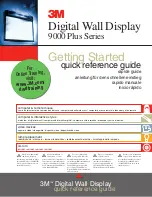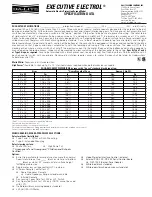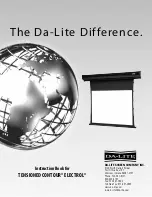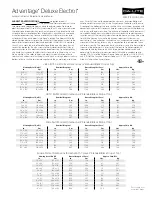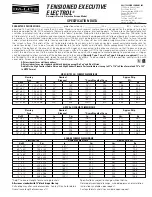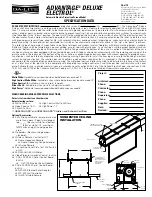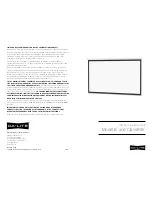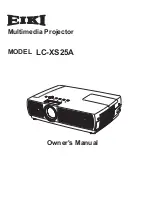
E-5
INTRODUCTION
Introduction to the Projector
This section introduces you to your new LT170 Projector and describes the features and
controls.
Congratulations on Your Purchase of The LT170 Projector
The LT170 is one of the very best projectors available today. The LT170 enables you to project
precise images up to 200 inches (measured diagonally) from your PC or Macintosh computer
(desktop or notebook), VCR, DVD player, document camera, or a laser disc player.
You can use the projector on a tabletop or cart, you can use the projector to project images
from behind the screen, and the projector can be permanently mounted on a ceiling*
1
. The
remote control can be used wirelessly.
*
1
Do not attempt to mount the projector on a ceiling yourself. The projector must be installed
by qualified technicians in order to ensure proper operation and reduce the risk of bodily
injury.
In addition, the ceiling must be strong enough to support the projector and the installation
must be in accordance with any local building codes. Please consult your dealer for more
information.
Features you'll enjoy:
• Auto vertical keystone correction up to +/- 30 degrees
• Security feature prevents the projector from being used by unauthorized individuals.
Password protection prevents unauthorized individuals from changing projector settings.
Cabinet Button Lock helps prevent unauthorized adjustments to the projector.
• One touch projection angle adjustment
• Manual lens shutter for protecting the lens
• Supplied carrying case with pouch for accessories
• Short focal length lens
• Remote features one touch source change buttons
• New Color Management system
• Newly designed menu system with dial control
• Multi-language on-screen menu
• The projector can be used with a tripod
• NEC’s exclusive Advanced AccuBlend intelligent pixel blending technology - an extremely
accurate image compression technology - offers image display from sources up to UXGA
(1600
⳯
1200) resolution*
2
.
• Supports most IBM VGA, SVGA, XGA , SXGA/UXGA (with Advanced AccuBlend)*
2
,
Macintosh, component signal (YCbCr/ YPbPr) or any other RGB signals within a horizontal
frequency range of 24 to 100 kHz and a vertical frequency range of 50 to 120 Hz. This
includes NTSC, PAL, PAL-N, PAL-M, PAL60, SECAM and NTSC4.43 standard video sig-
nals.
*
2
A UXGA (1600
⳯
1200) and SXGA image (1280
⳯
1024) are displayed with NEC’s Ad-
vanced AccuBlend.
NOTE:
Composite video standards are as follows:
NTSC: U.S. TV standard for video in U.S. and Canada.
PAL: TV standard used in Western Europe.
PAL-N: TV standard used in Argentine, Paraguay and Uruguay.
PAL-M: TV standard used in Brazil.
PAL60: TV standard used for NTSC playback on PAL TVs.
SECAM: TV standard used in France and Eastern Europe.
NTSC4.43: TV standard used in Middle East countries.





















